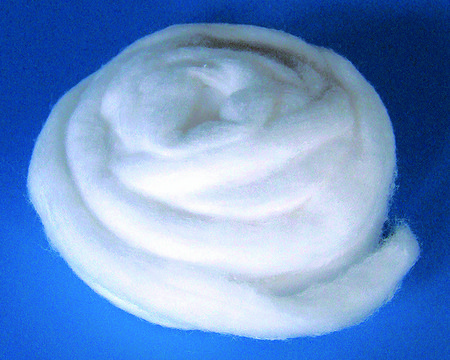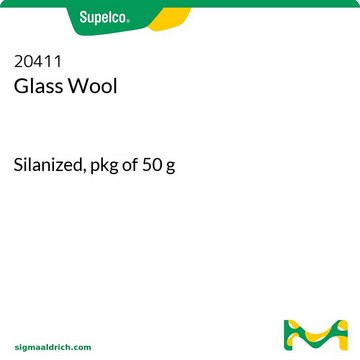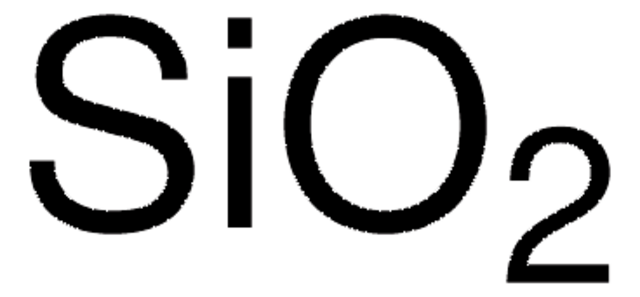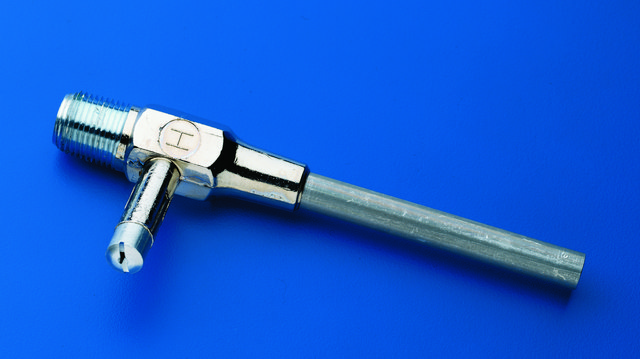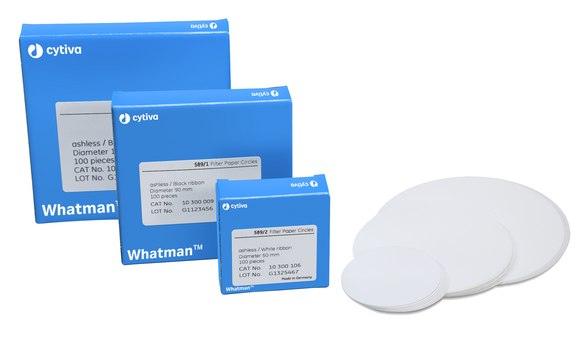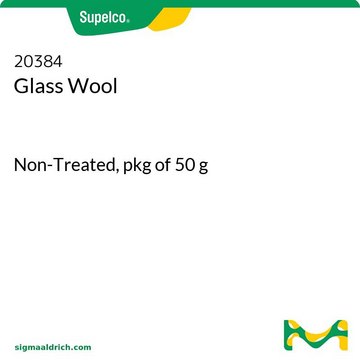CLS3950
Corning® PYREX® borosilicate glass fiber (BGF) filter discs 8 μm pore size
borosilicate glass fiber (BGF), pore size 8 μm
Synonym(s):
lab equipment accessory
About This Item
Recommended Products
Product Name
Pyrex® fiber glass wool, borosilicate glass fiber (BGF), pore size 8 μm
material
borosilicate glass fiber (BGF)
Agency
suitable for EPA 1613
sterility
non-sterile
packaging
box of 454 g 1box = 2 x 227g bags
manufacturer/tradename
Corning 3950
diam. × L
2 in. × 22 ft
pore size
8 μm
General description
Supplied as a 2 in. diameter x 22 ft long piece.
Features and Benefits
- Pyrex® fiber glass wool, pore size 8 μm is made of borosilicate glass fiber (BGF).
- Designed for use in heating mantles, hot plate heating, oven and microwave.
- May be autoclaved.
- Not applicable for vacuum or pressure applications.
Legal Information
Signal Word
Danger
Hazard Statements
Precautionary Statements
Hazard Classifications
Carc. 1B Inhalation
Storage Class Code
6.1D - Non-combustible acute toxic Cat.3 / toxic hazardous materials or hazardous materials causing chronic effects
WGK
WGK 1
Flash Point(F)
Not applicable
Flash Point(C)
Not applicable
Personal Protective Equipment
Choose from one of the most recent versions:
Certificates of Analysis (COA)
Sorry, we don't have COAs for this product available online at this time.
If you need assistance, please contact Customer Support.
Already Own This Product?
Find documentation for the products that you have recently purchased in the Document Library.
Related Content
This page is intended to make it easier to find the consumables you need based on the analytical method you’re using. Methods included on this page come from the EPA, Standard Methods and ASTM.
Our team of scientists has experience in all areas of research including Life Science, Material Science, Chemical Synthesis, Chromatography, Analytical and many others.
Contact Technical Service